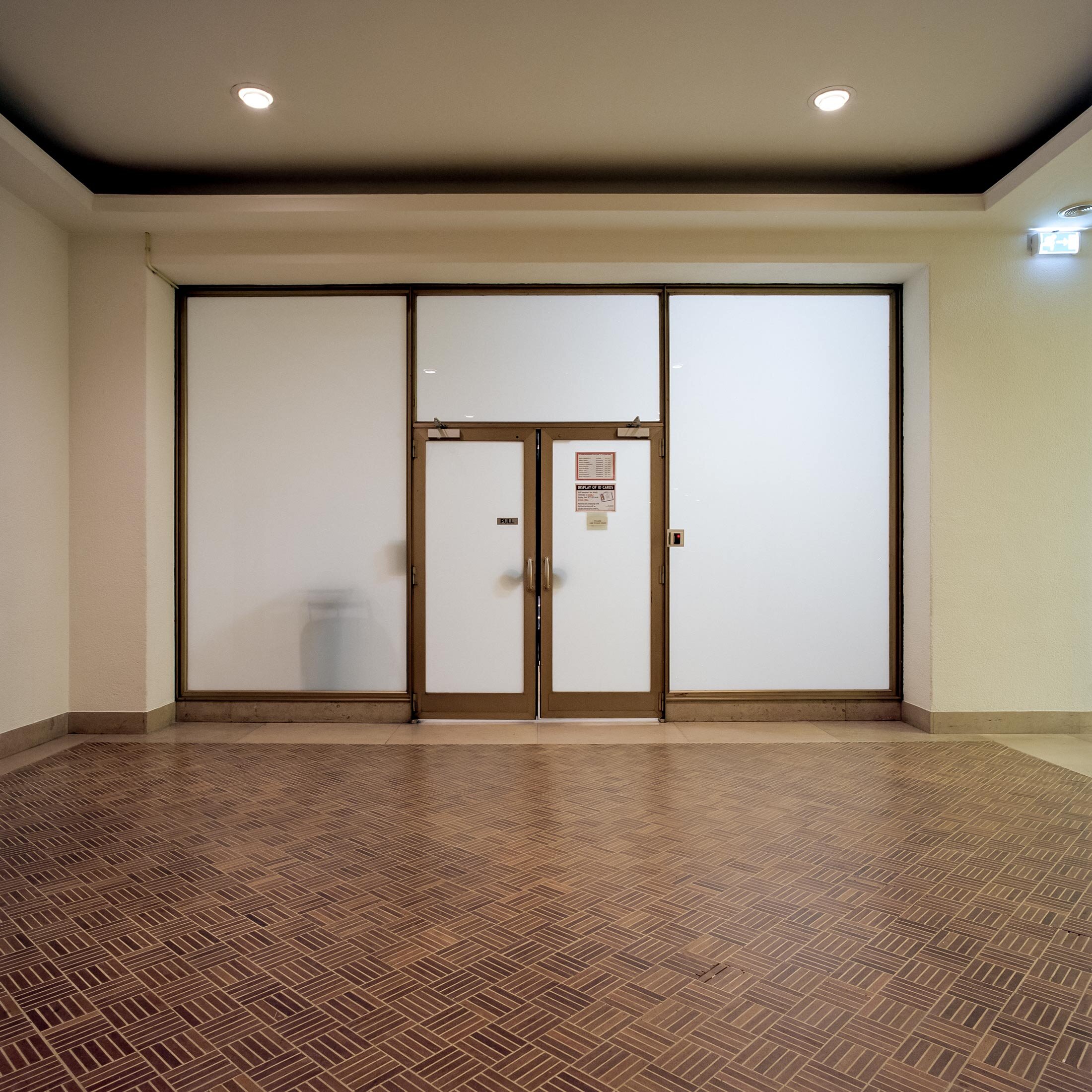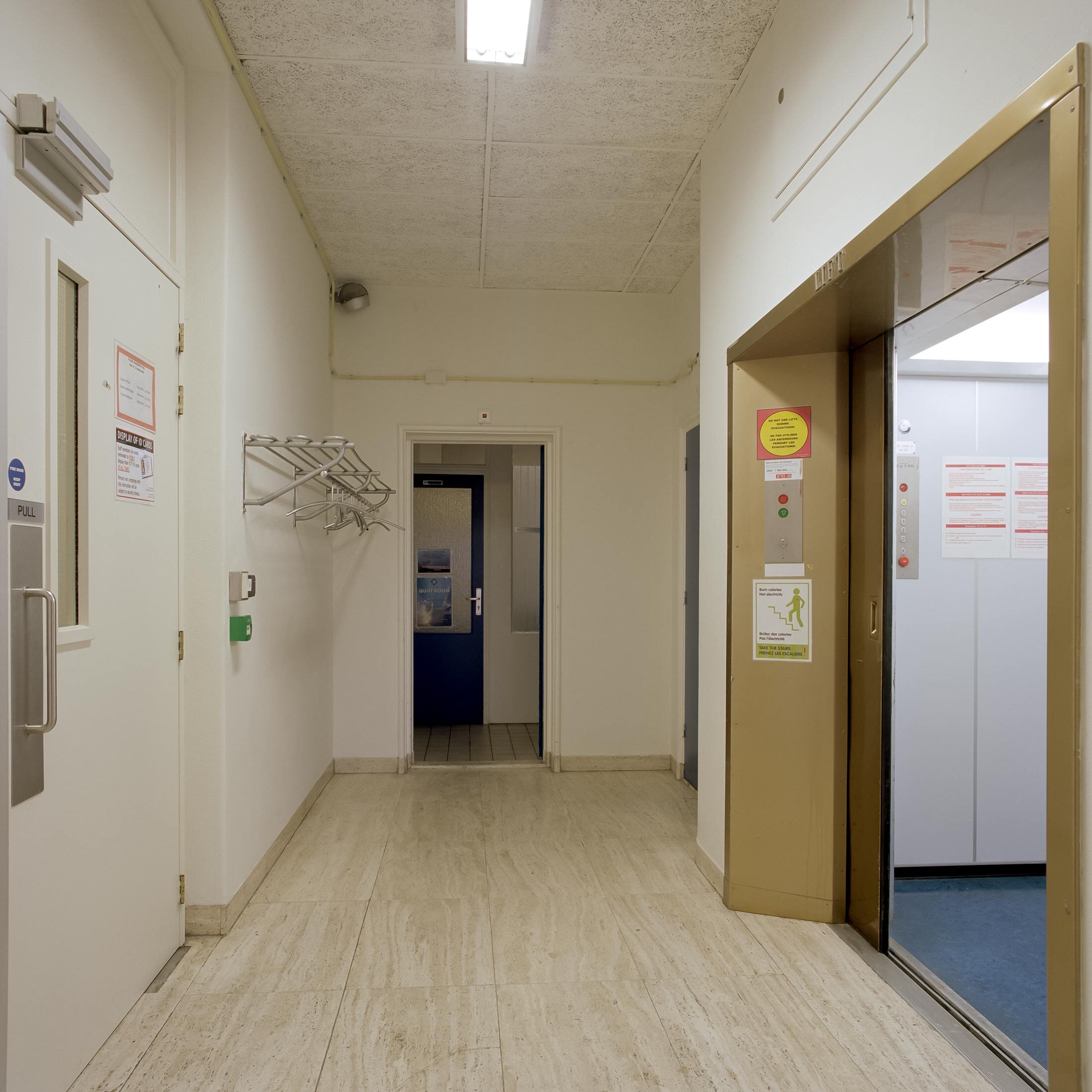Chambers
Chambers was the judicial section of the Tribunal. Strictly speaking it consisted only of the judges whereas the legal and administrative staff that served in Chambers technically belonged to a small section of the Registry called Chambers Legal Support. For all intents and purposes, however, those staff members were part of Chambers as they worked very closely with the judges.
The number of judges varied over time. Initially there were fourteen judges, nine assigned to the three Trial Chambers and five to the Appeals Chamber to which trial judgements could be appealed. Both judges and staff members were assigned to more than one case and many also worked on other types of proceedings. This included preparing cases for trial and contempt cases, which concerned crimes against the Tribunal’s administration of justice, such as the bribing of witnesses. Yet other types of proceedings were referrals of cases involving less serious crimes or lower-level accused to national courts and international judicial co-operation.
The judges served for four years and could be re-elected. As the caseload increased more permanent judges were appointed as well as so-called ad litem judges, who were meant to boost the Tribunal’s judicial capacity by serving on single trials only. That turned out to be inefficient, however, and several ad litem judges continued to serve on more than one case to make the most of their experience. For an institution which at one point had around 1000 staff members, relatively few staff members served in Chambers. In the beginning most legal officers were assigned to a particular judge. But with more and more cases pending at pre-trial, trial and appeal this was a hugely ineffective system. The legal officers were therefore reorganised into teams which supported the trial and appeals panels as a whole. Every judge was also assisted by an administrative assistant, many of whom served at the Tribunal for large parts of their careers.


















